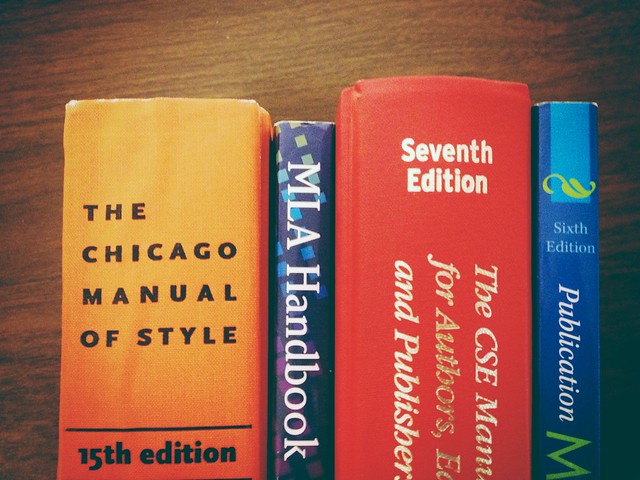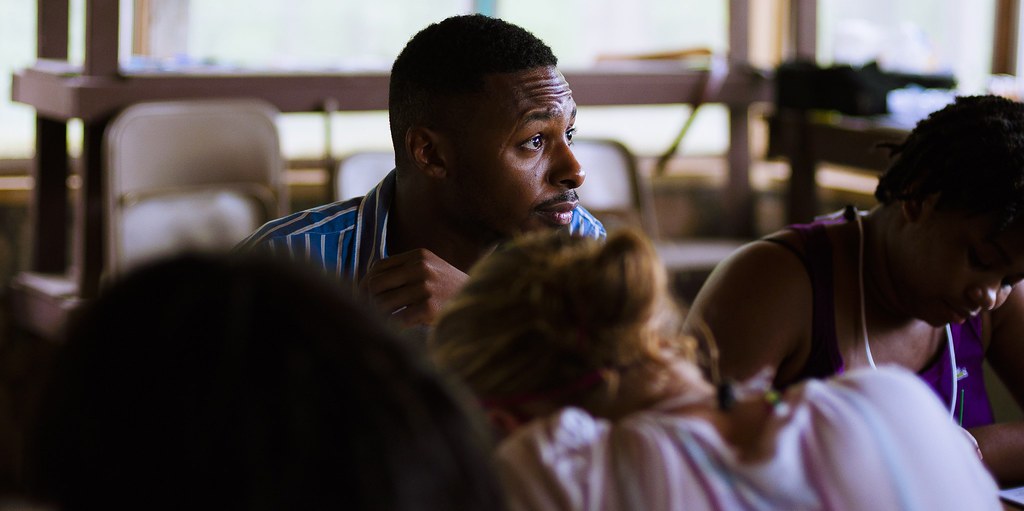The same basic information is needed to reference a source in every citation style format.
Each style format requires distinctly different information- the formats are not similar.
When citing a source you retrieve online, all you need is a URL.
When citing a source you retrieve online, you need the same basic information as you do for print sources.
If you write about an author’s idea without quoting them, you do not need to cite the source.
When you use other authors' ideas, you need to cite them as sources.
The primary purpose of citing your sources is to show your audience where you got your ideas.
The primary purpose of citing your sources is to prove that you are not plagiarizing.

